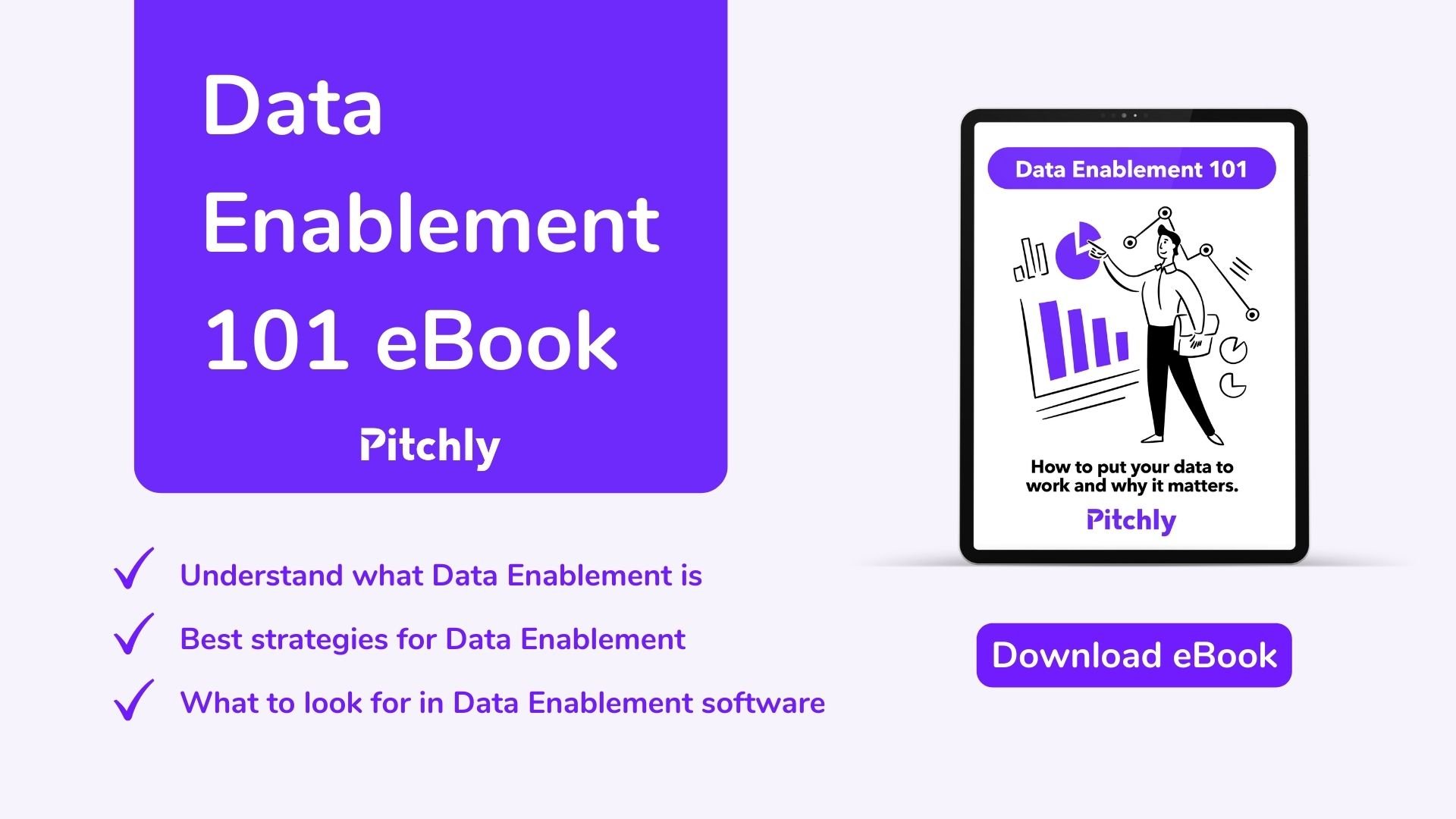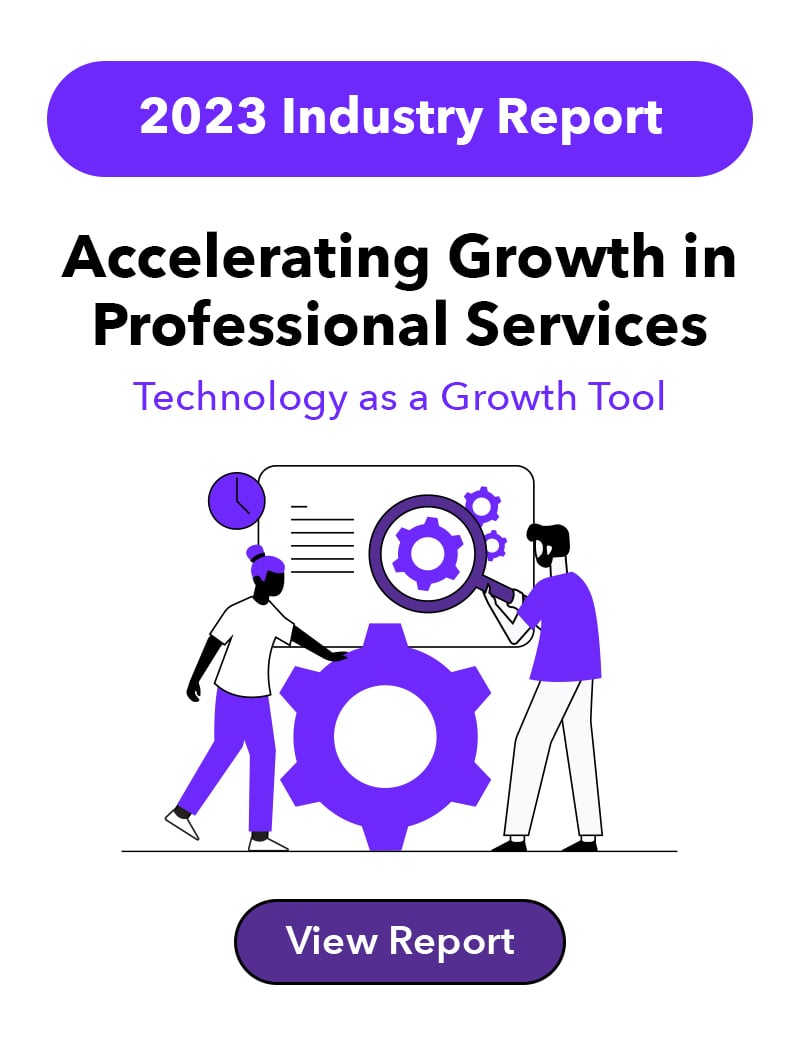There’s no doubt about it, data is the future. Data is the driving force behind change in every industry, including professional services. Firms are quickly adopting data management techniques to better create and grow opportunities – and for good reason.
We talk a lot about data management on this blog, but we’d like to introduce knowledge management into the conversation. While data management focuses on the source of the information, how it’s stored, and how it’s distributed, knowledge management concerns the complete body of organizational knowledge. In other words, without solid knowledge management strategies in place, it’s impossible to have efficient and secure data management processes.
Knowledge management solutions are ushering in more cloud computing which allows employees to collaborate from anywhere – which more and more firms may need to take advantage of. According to Ladders, 25% of all professional jobs in North America will be remote by the end of 2022 and increase into 2023.
Another opportunity is the increased efficiency that data automation provides. In a study by Unisphere Research, 86% of those surveyed said – to some degree – that administrative tasks are inhibiting their growth. Data automation can automate administrative tasks, allowing for more time for big-picture tasks, like developing strategic initiatives.
But completely revamping your data collection processes isn’t without some speed bumps. Fortunately, there are solutions. Below are the top five challenges in knowledge management that leaders should get in front of to drive growth.
1. Disparate Data Systems
Implementing new knowledge management systems can leave firms with several pieces of technology that either don’t work together, or all do the same thing. SaaS tools are flexible, simple and affordable so it’s easy to accumulate duplicate systems. The average company with 200 to 500 employees uses about 123 SaaS applications. Another reason for owning duplicate programs is users can’t find one that does everything they need, without dumping their old processes.
Having your data spread across multiple systems also increases the likelihood of data errors and decreases productivity. When team members need to search through systems and systems to piece together the information they need, they are wasting valuable time and potentially amassing errors as they go.
The goal for data management should be to unify and optimize your systems to create centralized and seamless access for all team members. Features like the Data Pipeline can give you unlimited connections to the systems that you’re already using, creating the necessary synergy.
2. Uncontextualized Data
Data collection and distribution processes aren’t always developed at the same time. Sometimes the processes can vary by department or team depending on how each needs to use their data. While this may work fine for a while, eventually – like when someone goes on vacation or resigns – it can blow up in your face.
When data resides in several different systems with varying rules, labels, etc., it’s easy for crucial information to get lost in translation. It’s like playing telephone between each individual database.
The most resounding risk of uncontextualized data is putting your data safety and accuracy on the line. At best, you may have to go back and forth with revisions on any projects you source from your database. And at worst, you may face legal and compliance issues.
Pitchly’s Data Workspace normalizes data by putting it in one spot everyone can use – complete with admin controls so processes don’t get changed unless you want them to.
3. Ease of Use
Change is hard. And even though adopting new technology is what will propel your business forward, the natural reaction is wariness or even resistance from team members. It’s been found that only the youngest team members tend to be innovators and early adopters of new technology.
The best strategy to safeguard your team against resistance to software adoption is ease of use. If a clunky and confusing product is thrown into the laps of your team members, they will be a lot less likely to make the most of that technology.
And the consequences of this are twofold. 1. You’re wasting money (and likely a large amount) each month on a piece of software that’s gathering metaphorical dust. And 2. The problem that you brought this software in to solve - your knowledge management processes - remains unresolved.
While software selection will likely be the main determinant of the ease of use, you can take other steps to ensure that your team feels empowered and excited to dive into the new technology. Making changes on a cultural level - such as initial and ongoing trainings, incentivizing power users to emerge, and a forum to share learnings and successes with the technology - will foster a confidence in using the software.
Pitchly’s data enablement software makes it easy to set up accounts. The implementation process creates a customer account in less than two weeks, providing a better way to view, manage and use their representative search experience.
4. Unsustainable Manual Processes
Let’s face it – manual processes will never allow you to be as efficient as you need to be to compete. And competition will only become fiercer in the coming years, making it all the more crucial to make the best of your employees’ time. This makes these manual processes one of the key challenges in knowledge management.
While manual workflows can be acceptable for smaller organizations, it is not a sustainable strategy. They are highly subject to human error, all but ensuring that at some point the processes will break down. As an organization grows, the time needed to execute these manual tasks will grow slowly at first, and then exponentially.
Even when firms are small, it’s wise to automate the data processes that they can. Not only will this ease growing pains, but it will also save them a lot of time. The average Pitchly user spent 5+ hours each week manually pulling data for content each week. Even if your teams technically can do this now, imagine the strategy work that they’d have the time to do if these tedious tasks were suddenly taken off their plates.
Manual processes also have a negative impact on employee satisfaction. If you have a brilliant marketer, advisor, or any other specialized individual that you hired for their talents, and they spend a large chunk of their time searching, copying, pasting, and formatting data, they will not feel as if they are being used to the best of their abilities. This potentially leads to churn, or at best a nagging thorn in your team members’ sides.
When you let technology fill these tedious gaps, suddenly you get an increase in productivity, a decrease in errors, and an overall improvement in your employee experience.
Pitchly generates data-heavy documents with 100% error reduction and in only 7% of the time previously taken. Our software reduced the time the firm spent collecting, finding, and using client experiences by more than 50%.
5. Lack of Data Culture
Just because your firm has been amassing data and technology for the last decade, doesn’t necessarily mean you have a data-driven culture.
According to Harvard Business Review, a data driven culture starts from the top down, with management expecting decisions that are anchored in data.
Everything from the technology available to the wins that you highlight in all-hands meeting to the trainings you provide all determine whether this data culture thrives or sputters out in your organization.
A truly data-driven organization makes data relevant in every content, with every team. Every team should have a clear understanding of the role that data plays in their work.
Some simple but effective ways to ensure that you foster this culture in your organization are:
- Have the best possible data tools and software available for your team. Provide ongoing trainings and incentivize power users.
- Highlight wins and interesting findings drawn from your data in every team and all-hands meeting.
- Foster a habit in every team of asking how data can come into the picture to inform and benefit every single project.
Now that you understand the key challenges in knowledge management - and insight into what you need to do to clear those hurdles - you are one step closer to seeing data-driven growth. These strategies can empower your organization to remain agile, informed, and one step ahead of the competition.
If you want to dive deeper into strategies to make the most of the data that you already have, check out our eBook, Data Enablement 101. This resource tells you everything you need to know about this new data discipline, and gives you insight into how to implement these strategies in your organization.
 Jun 22, 2022
Jun 22, 2022






